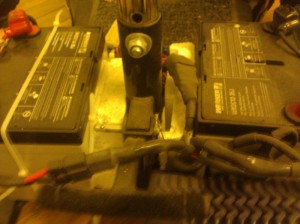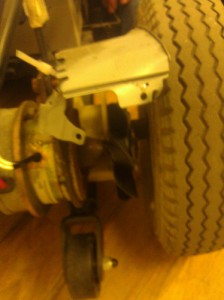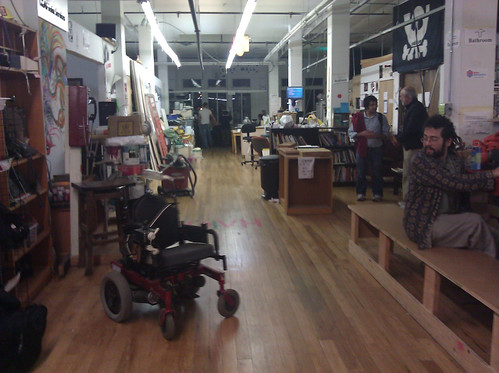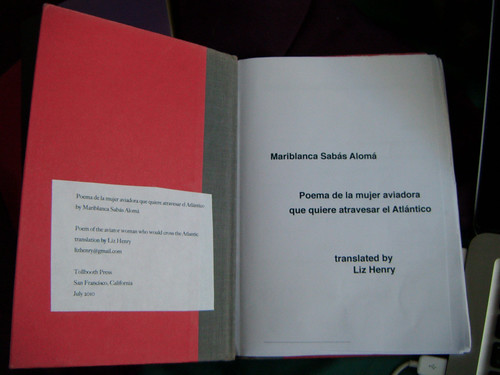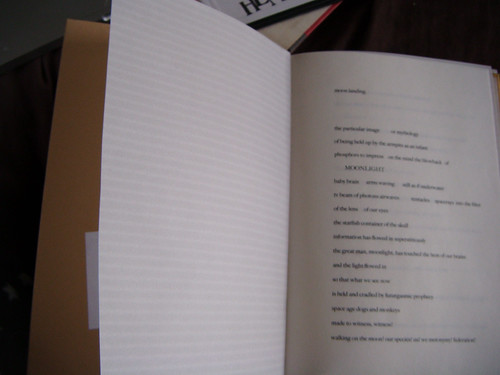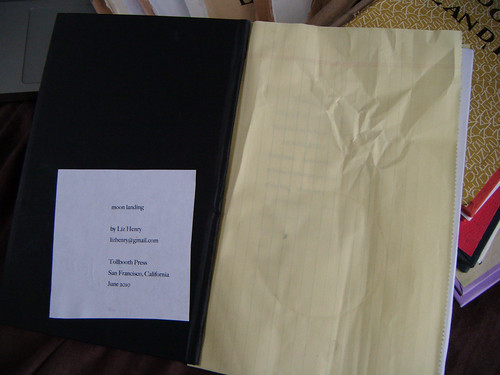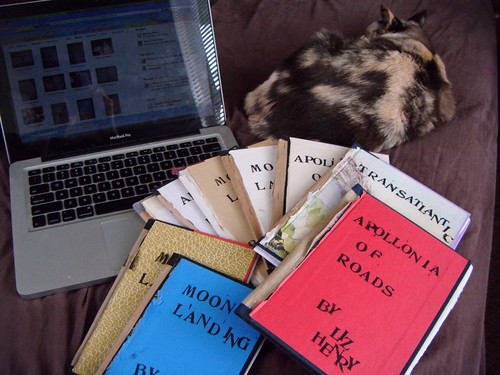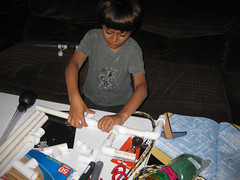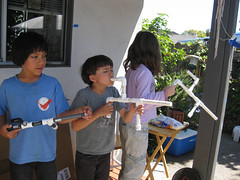Thoughts on UberAssist
Yesterday I found out that UberAssist was available in San Francisco. Since both my manual wheelchair (a Quickie Ti rigid frame) and my mobility scooter (a TravelScoot Jr.) can fold and fit easily into the trunk of any car, I have used Uber and other taxi-esque programes since they were first available to me. I understand UberAssist as follows:
* Drivers can opt in to take a training class (online) and a test in how to assist disabled and elderly passengers in a polite and helpful way.
* The training was developed by some outside consultant.
* The training is free for drivers.
* UberAssist rides cost the same for passengers as UberX rides, and the drivers get the same payment rate.
While I may use this service, I am dismayed and worried. This is simply the behavior which all Uber, Lyft, and taxi drivers should follow: being polite and helpful to their customers, and not discriminating or behaving in a rude or bigoted way.
Are “regular” Uber drivers going to now refuse to pick me and my wheelchair up, and tell me to instead call UberAssist? That seems a likely outcome. When that happens, I will complain to the fullest possible extent not just against the individual driver but against the company, which should, and obviously can, require all its drivers to pass anti-discrimination training.
To top this BS off, Uber is offering the inspiration porn-like option for riders to be charged a higher fee for their ride, out of which a dollar will be donated to the Special Olympics, a button labelled “INSPIRE”. Yes… Inspire. Soooo, which disabled taxi users did they ask what they thought of that name and that option? This is Uber’s response to facing a $7.3 Million fine in California? Or the ADA lawsuits gearing up?

So, meanwhile, I needed to get downtown to the Independent Living Resource Center and I was feeling too exhausted and in pain to take the bus for 40 minutes plus. I tried the UberAssist option. Enough drivers must have taken the training and signed up for the program in San Francisco to give a reasonable density of drivers. Response time to get to my house was 3 minutes for UberX, and 17 minutes for UberAssist. Not great but not unworkable for me. The driver who responded explained to me that I was his 2nd Assist rider, and he signed up for the program because he loves helping people. I told him that I also love helping people. (It did not seem to be part of his thinking that a disabled person might help people.) We conversed pleasantly. I think he was a bit disappointed he did not get to Help me a bit more. He also complimented me on my “positive approach towards life”. Fellow crips will know how “happy” that made me. However, I can fake it to be polite.
On my way back, I had a super helpful and nice driver who said we were her first Assist customers. I appreciated her helping me and my son load my folding scooter into her car trunk. It felt like a normal human interaction. It was not really any different from most other times I have taken cabs. Most drivers get out and offer help. If they don’t, I can usually lift the 30 lb scooter into a trunk on my own. If I can’t do it on my own I most likely have planned to have someone with me….
Also feel I should mention, I don’t always take extra time to get into a cab. Sometimes I’m a bit clumsy or unprepared or I ask for help. It is a matter of an extra minute or maybe two. Not any more than someone with a suitcase would need.
For an example of how some drivers think about disabled and elderly people (bigotedly), have a look at this discussion forum for drivers. It was so horrible that I could not get completely through the multi-page thread. These drivers seem convinced they can and should refuse wheelchair using and elderly passengers, and, that if they don’t, Uber should pay them more for driving them. This is just heinous.
And yet, over the years I have only had one driver behave badly (very badly) to me and one driver cancel after I mentioned my folding wheelchair in a text.
Will I really wait 10 or 15 extra minutes for a cab routinely, for the sake of possibly increasing my chance of being treated with normal consideration?
We’ll see if UberAssist backfires or not. Maybe it will become routine for more drivers to take the training.
And maybe, able bodied and non-elderly people will use it. That might have an interesting effect on the outcome and politics of this social experiment.
If you’re in New York City, here’s a protest happening tomorrow: Krips Occupy Wall Street (OWS Disability Caucus). Do come out and support the protest!
“As you may know, Uber now has 18,000 vehicles in New York City — but not one wheelchair-accessible vehicle. We’re throwing up a protest line — we call it a roll-in — at the Uber offices on 26th Street next week on THURSDAY, JULY 30 at NOON. If you’re around, it’d be great if you could be there. Can you come by? Can you bring anyone? Thanks.”
None of this takes away from the important fact that we should be fighting to make buses better for everyone, and for taxi drivers of all stripes to have better employment rights and protection.
